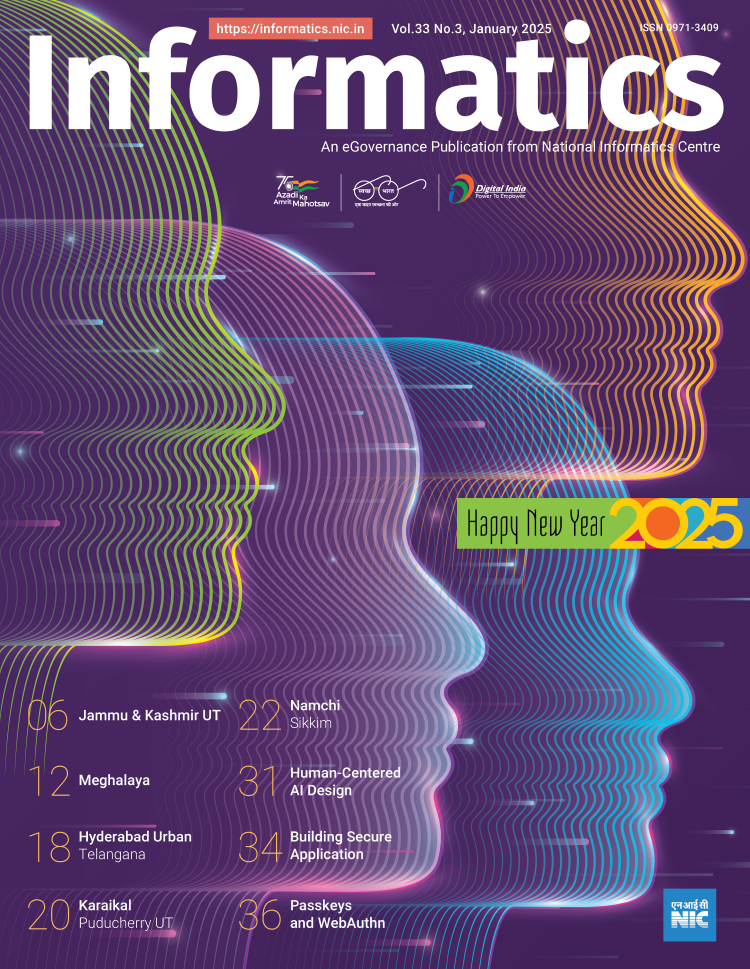Editorial
e-Governance apps and services have become essential tools, transforming the way citizens interact with public institutions.
They have not only enhanced accessibility and efficiency but also paved the way for a more transparent and inclusive government. However, this progress comes with its own set of challenges; chief among them being cybersecurity. In an era where digital threats are evolving rapidly, safeguarding the integrity of these systems is no longer optional but a necessity.
India’s journey in e-Governance has been remarkable, with initiatives like MeriPehchaan, eHospital, and UMANG redefining citizen service delivery. These platforms ensure that individuals can access critical services at their fingertips, reducing barriers of time and geography. Yet, the rapid digitization of government services has brought along an increased surface area for cyber threats. As services move online, the security of personal data, financial transactions, and even national databases becomes paramount.
Cybersecurity is no longer an ancillary component of digital transformation; it is its cornerstone. The exponential growth of ransomware, phishing attacks, and other malicious cyber activities highlights the urgent need for robust measures to protect the integrity of e-Governance platforms. Initiatives like the National Cyber Security Strategy (NCSS) and CERT-In’s proactive response mechanisms have been instrumental in bolstering India’s cyber defenses. However, a robust cybersecurity framework cannot rely solely on government efforts. Collaboration between stakeholders–government agencies, private sector entities, and academia–is vital to ensure comprehensive digital security.
One of the most pressing needs is to instill a culture of cyber hygiene among citizens. Public awareness campaigns, training programs, and educational drives can empower users to identify and mitigate risks while using e-Governance services. Simple practices like enabling two-factor authentication, using strong passwords, and being cautious of phishing attempts can go a long way in safeguarding digital interactions.
Moreover, the integration of artificial intelligence and machine learning into e-Governance apps is an exciting development. These technologies not only enhance the efficiency of service delivery but also enable predictive analytics for better threat detection. The move toward blockchain-based systems for transparency and tamper-proof transactions is another promising step. However, these innovations must be accompanied by equally innovative security measures to maintain public trust.
As we embrace the endless possibilities of a digital future, let us not lose sight of the need to protect the systems that enable it. Cybersecurity must remain at the forefront of the e-Governance planning, ensuring that technology continues to serve as an enabler of progress, not as a source of vulnerability.
As 2025 unfolds, let us collectively resolve to stay vigilant and informed in our digital journeys. May this year bring greater advancements, stronger collaborations, and a safer cyberspace for all. Here’s to a year of innovation, security, and shared growth. Happy New Year!
- Editor-In-Chief

